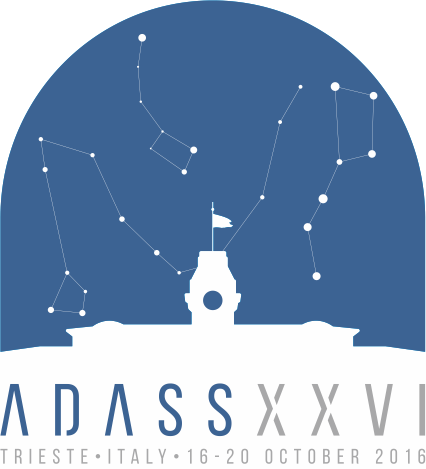Snigula Jan
Contact
- Position:
- Max-Planck-Institut für extraterrestrische Physik, Garching
- Address
- Germany
Miscellaneous Information
- Miscellaneous Information
-
Abstract Reference: 31129
Identifier: P6.23
Presentation: Poster presentation
Key Theme: 6 Python in AstronomyMCP - The Wendelstein Observatory Master Control Program
Authors:
Snigula Jan, Gössl Claus, Kodric Mihael, Riffeser ArnoLMU Muenchen operates an astrophysical observatory on the summit of Mt. Wendelstein in the Bavarian Alps. The 2m Fraunhofer telescope is equipped with a 64 Mpixel, 0.5 x 0.5 square degree FoV wide field camera (WWFI) and a 3 channel optical/NIR camera (3kk). Two fiber coupled spectrographs (upgraded Echelle spectrograph FOCES with wavecomb, and IFU spectrograph VIRUS-W, currently operated at the 2.7 m telescope at the McDonald Observatory in Texas) and a wavefront sensor will be added in the near future. In addition we plan to upgrade the observatories 40cm telescope and its camera and spectrograph for the students lab. The observatory also hosts a multitude of supporting hardware, i.e. allsky cameras, webcams, meteostation, air conditioning etc. All scientific instruments and related hardware are monitored by and can be controlled through a single, central "Master Control Program" (MCP). We explain concept and implementation of the MCP as a multi-threaded Python daemon. For all hardware devices we created wrapper device programs translating the various device languages to a common interface. Within the MCP each device is controlled by a separate device thread. Instruments are represented by meta devices combining different devices. The MCP provides complete handling of the TCP socket connections, logging and database based configuration and an externally available status database. The MCP has been built to enable complex automated observations schemes. It supplies meta data for scientific data containers (i.e. FITS keys) and can be used to trigger simple quicklook, calibration, or even full-fledged data reduction processes.



